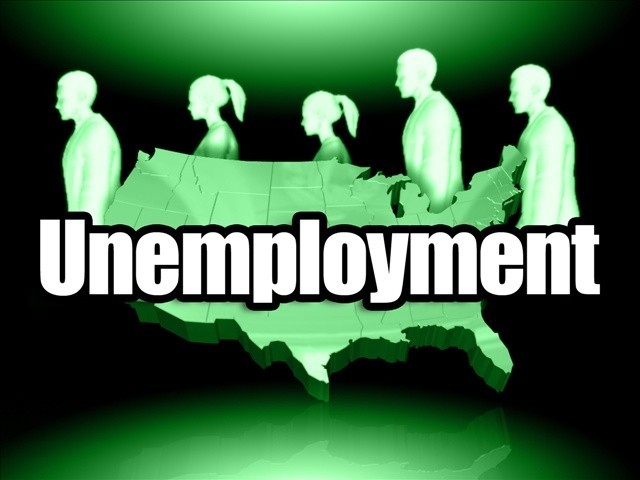Economists forecast that employers added 180,000 jobs in September, according to FactSet. That would be a slight improvement from August's gain of 169,000. And it would be much better than the average 155,000 jobs a month added from May through August. The unemployment rate is expected to have stayed at 7.3 percent.
The job market has stumbled in recent months after starting the year with some promise. For the first four months of the year, employers had added an average of 205,000.
The report is being issued after a 2 1/2 -week delay. It will provide some insight into the job market's health before the 16-day shutdown, which began Oct. 1. The government was unable to issue most data during that period.
Still, the jobs report is carrying less weight than usual. That's because the shutdown has likely slowed growth and hiring. And the September figures are certain to be revised two weeks later, when the government reports on October hiring.
Even if there's a bump in September hiring, many economists are predicting a drop in October because furloughs of federal workers and private government contractors may lower the overall payroll figures. But that would be a temporary decline and not reflective of broader hiring trends.
Many economists say they won't have a clear read on hiring and unemployment until the November jobs report is released, in early December.
And there's also the potential for another budget confrontation in just three months. That's because the government was only reopened until Jan. 15. But economists said that shouldn't drag too heavily on hiring in November and December.
"We've been dealing with these sorts of deadlines for quite a while now," said Dean Maki, chief U.S. economist at Barclays. "It's not a new source of uncertainty in that sense."
The deceleration in job growth was a key reason the Federal Reserve decided in September to hold off on slowing its $85-billion-a-month in bond purchases. The lack of clean data could lead the Fed to push off any decision on the bond purchases until 2014. The bond purchases are intended to keep long-term interest rates low, encouraging more borrowing and spending.
There are some signs that other parts of the economy are starting to improve, particularly those affected by Europe's economic troubles. The region is growing again and that has given a slight boost to U.S. manufacturers.
Factory output was improving before the shutdown, according to private sector reports, one reason that economists forecast steady job gains last month. Factory activity expanded at the fastest pace in 2 1/2 years in September, according to a survey by the Institute for Supply Management.
Other data issued during the shutdown were mixed. The Federal Reserve Bank of Philadelphia's manufacturing index dipped slightly in October but remained at a level consistent with steady growth. Factories in the Philadelphia region said they had received more orders and boosted hiring this month.
Weekly unemployment benefit applications also fell steadily in September, before the shutdown caused a spike in claims this month. Some of September's decline occurred because California fell behind processing its claims due to a computer upgrade. But Maki said that even adjusting for California's problems, applications fell in September.
But a separate survey of service firms showed that sales fell sharply in September, new orders dipped and hiring weakened.
And private payroll provider ADP said that businesses added 166,000 jobs in September, little changed from the previous two months. That suggests hiring was mostly flat last month.
Many economists say the shutdown cut $25 billion out of the economy and slowed growth to about a 2 percent annual rate in the October-December quarter. That's down from estimates before the shutdown that the economy would expand at a 2.5 percent annual rate.
But growth will likely be a bit higher in the first three months of next year, as consumers and businesses make purchases and investments that were delayed during the shutdown.

http://accesswdun.com/article/2013/10/267032
